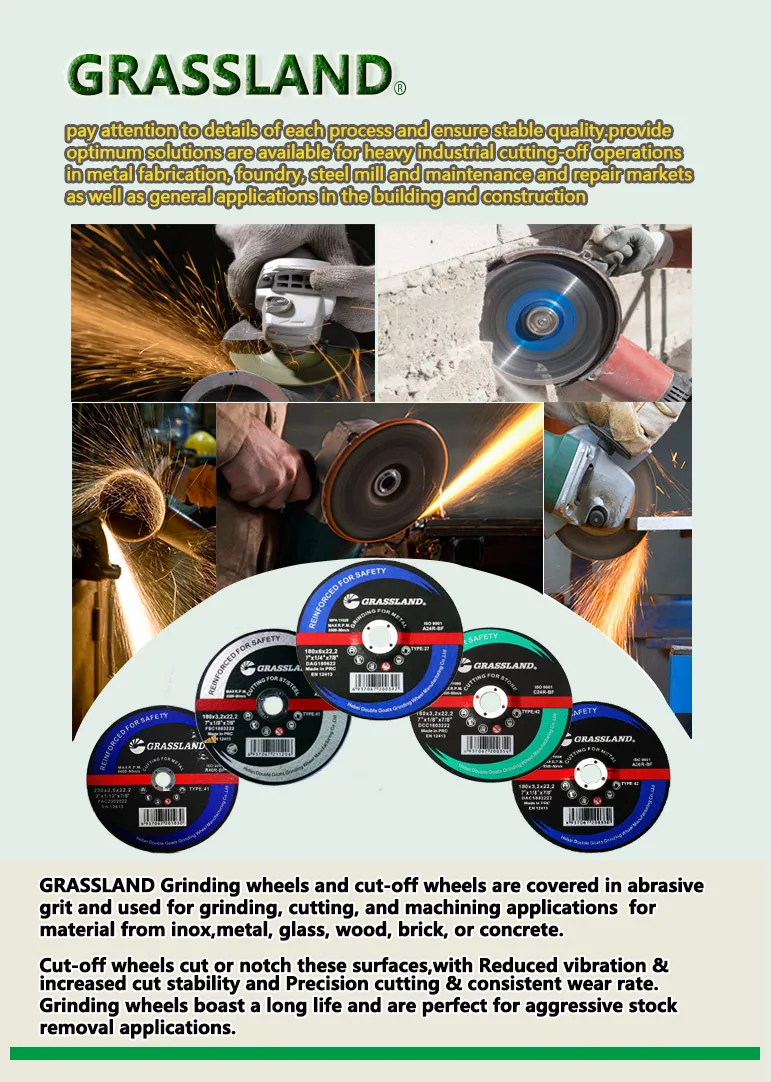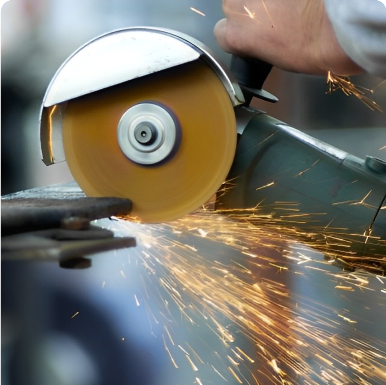

Safety is a critical consideration when using metal cutting wheels. The rapid rotation of the die grinder can pose dangers if the wheel is not compatible with the tool’s speed. Always verify that the maximum RPM rating of the wheel surpasses the die grinder’s operational speed. This precaution guards against potential wheel disintegration, reducing risks of injury. To maximize the performance and lifespan of a metal cutting wheel, routine maintenance and proper handling are essential. Store wheels in a dry, cool environment to prevent moisture-related deterioration. Before installation, inspect each wheel for cracks or defects, and ensure it is mounted securely on the grinder. Avoid applying excessive pressure when cutting, as this can lead to premature wear and potential breakage. Instead, let the abrasive nature of the wheel perform the work. Professional users and hobbyists alike have discovered that investing in high-quality metal cutting wheels pays off in efficiency and safety. Brands like DEWALT, Makita, and Norton offer a range of options catering to different needs, from high-speed applications to precision cuts. These manufacturers provide comprehensive guidance and certification, enhancing the authority and reliability of their products. In conclusion, the choice of a metal cutting wheel for die grinders hinges on understanding your specific needs. By considering factors such as abrasive material, bond type, size, and thickness, alongside adhering to safety standards, you can make an informed choice that maximizes both productivity and safety. Drawing on professional expertise and insights, these considerations not only refine your workflow but also build a foundation of trust and authority in handling metal cutting operations confidently.
Post time:Feb - 11 - 2025

















